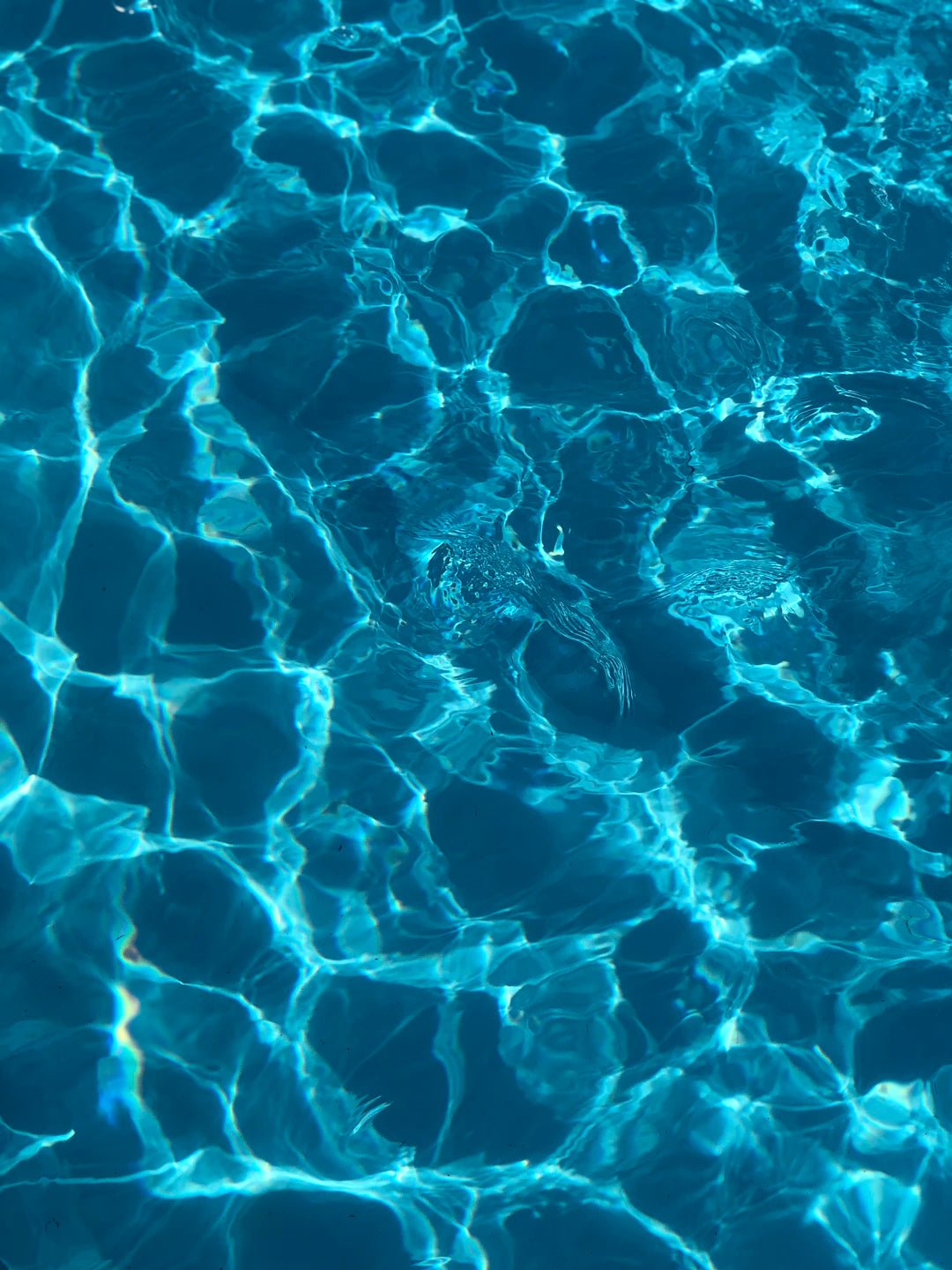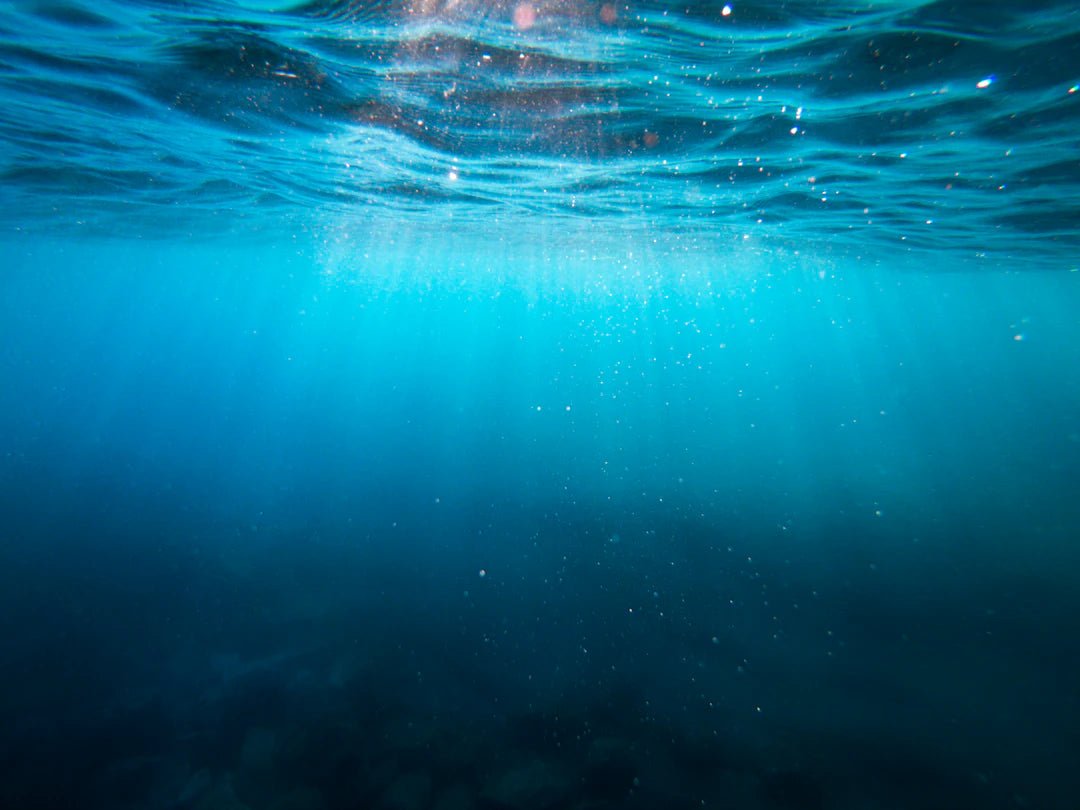The Science Behind Reverse Osmosis and Water Purification
Frequently Asked Questions
1. What is reverse osmosis and how does it work?
2. Why is water purification important in Australia?
3. What contaminants can reverse osmosis remove from drinking water?
4. How often should water filters be replaced in a reverse osmosis system?
5. What should I consider when choosing a water filtration system?
Water is essential for life, yet the quality of water can vary significantly depending on geographic location and environmental factors. In Australia, where sourcing clean water is becoming increasingly crucial, understanding advanced water purification methods like reverse osmosis can empower consumers to make informed decisions regarding their water filtration system. In this article, we will delve into the science behind reverse osmosis and how it plays a pivotal role in water purification, ensuring that families across Australia have access to the cleanest drinking water possible.
Understanding Reverse Osmosis
Reverse osmosis (RO) is a water purification technology that uses a semipermeable membrane to remove ions, molecules, and larger particles from drinking water. This process is particularly effective in converting polluted water into pure drinking water by separating contaminants from the water molecules. The principle of reverse osmosis involves applying pressure to force the water through the membrane, effectively leaving impurities behind.
The Science at Work
The reverse osmosis process operates on scientific principles governed by osmotic pressure. When two solutions with different concentrations are separated by a semipermeable membrane, water naturally flows from the less concentrated solution to the more concentrated one, attempting to equalize the concentration on both sides. However, during reverse osmosis, pressure is applied to the more concentrated side. This pressure counteracts the natural osmotic flow and forces pure water molecules through the membrane while blocking contaminants, resulting in clean and purified drinking water.
Why Water Purification is Important in Australia
Australia is not only known for its stunning landscapes but also for its diverse climate and water resources. As urbanization expands and climate change continues to impact weather patterns, ensuring access to clean water has become a priority for many Australian households. Contaminated water can lead to a wide range of health issues, including gastrointestinal diseases and chemical exposure.
Using a water filtration system powered by reverse osmosis can help mitigate these risks. It provides comprehensive purification capabilities to tackle various contaminants, including:
- Pesticides and herbicides
- Heavy metals like lead and mercury
- Chlorine and chlorine by-products
- Microorganisms such as bacteria and viruses
- Fluoride and other chemical additives
The Role of a Water Filtration System
A reliable water filtration system is key to ensuring that the water consumed in Australian homes remains safe and healthy. Reverse osmosis is considered one of the most effective water purification methods, particularly when combined with other filtration technologies that enhance water quality. Let's explore how a water filtration system utilizing reverse osmosis works and the importance of regular water filter replacement.
How a Reverse Osmosis Water Filtration System Works
A typical reverse osmosis water filtration system goes through several stages to ensure maximum purification. Here’s a breakdown of the process:
- Pre-Filter: The initial stage usually involves a sediment filter and a carbon filter that removes larger particles, chlorine, and other impurities, protecting the RO membrane from damage.
- Reverse Osmosis Membrane: As the heart of the purification system, the RO membrane allows only pure water molecules to pass through while rejecting contaminants.
- Post-Filter: After passing through the membrane, the water may go through an additional carbon filter to remove any remaining tastes or odors before it is dispensed.
As we rely on our water filtration systems for clean drinking water, regular maintenance and water filter replacement are vital to ensure optimal performance. Filters need to be changed periodically to prevent clogging and to maintain the system's efficiency. In Australia, consumers should check local recommendations for filter replacement frequency, often suggested every six months to a year, depending on usage and water quality.
The Environmental Impact of Reverse Osmosis
As the urge to preserve our environment increases, it is essential to consider the ecological footprint of water purification processes. Reverse osmosis systems typically generate wastewater as a result of the purification process, raising concerns about water wastage. However, manufacturers are now developing more efficient systems that minimize wastewater production, ensuring a balance between water purity and conservation.
Efficient Water Usage
Modern reverse osmosis units often come with improvements that enhance water efficiency. For instance, some systems utilize a ratio of purified water produced to wastewater generated that is significantly better than older models. Additionally, technologies such as flow restrictors and water recycling features are being integrated into newer models, allowing users to make eco-friendly choices without sacrificing water quality.
Choosing the Right Water Filter System
When it comes to selecting the appropriate water filtration system for your household in Australia, several factors should be considered:
- Water Quality: Assess the quality of your tap water through testing kits available on the market. Understanding the specific contaminants present can help you choose a system that suits your needs.
- Capacity and Size: Evaluate the size of your household and daily water consumption to determine the capacity of the system you require.
- Maintenance: Consider how easy the unit is to install and maintain. Regular water filter replacement should be simple, and knowing the service life of components will help avoid unpleasant surprises.
- Certifications: Look for water filtration systems that have been certified by relevant Australian standards to ensure they meet health and safety regulations.
Enhancing Water with Rippl Pure
In Australia, brands like Rippl Pure are at the forefront of delivering quality water filtration systems that employ reverse osmosis to provide clean, safe water to families across the nation. Rippl Pure not only excels in producing a high-quality filtration system but also emphasizes the importance of user education.
By offering resources on how to maintain their systems effectively, including the need for regular water filter replacement, Rippl Pure empowers consumers to take control of their water purification choices. Understanding your system is vital for maximizing water safety and maintaining consistent water quality for you and your family.
The Future of Water Filtration in Australia
The evolutionary path of water purification in Australia is undoubtedly linked to the growing demands placed upon water resources. As climate change, population growth, and increased contamination from industrial and agricultural processes pose significant challenges, the significance of advanced filtration systems like those utilizing reverse osmosis is set to rise.
Moreover, Australian consumers are becoming increasingly educated about their options, seeking systems that not only offer optimal purification but also contribute positively to environmental sustainability. As the conversation around water usage evolves, companies that prioritize efficiency and customer education, such as Rippl Pure, will likely flourish in this changing landscape.
Make Your Water Pure Today!
Now that you’ve unlocked the science behind reverse osmosis and the importance of water purification in Australia, it’s time to take action. Having a reliable water filtration system in your home can make a world of difference to your health and wellbeing. Don’t just wait until there’s a problem; be proactive about your water’s quality.
Explore options for water filtration systems today, ensuring that you and your loved ones have access to the cleanest drinking water possible. Remember, investing in water quality is investing in a healthier future. The power is in your hands—make that choice today!



